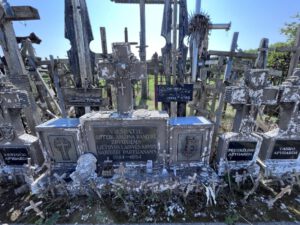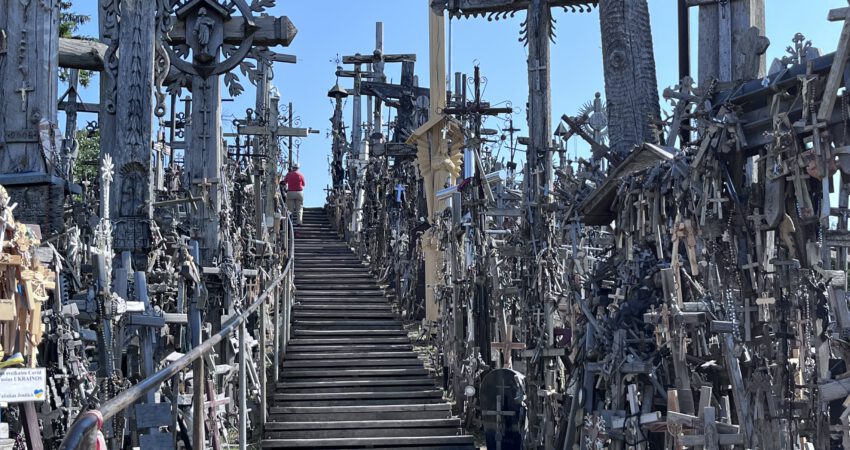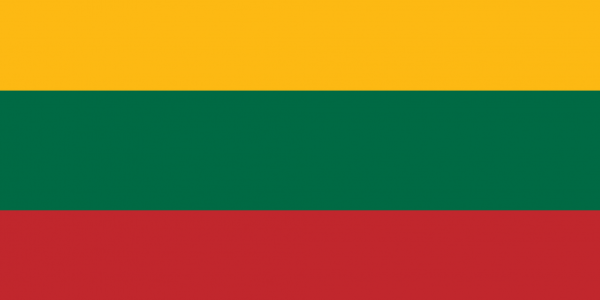By Beata Bruggeman-Sękowska
Hill of Crosses situated about 12 km north of the city of Šiauliai, in northern Lithuania is a pilgrimage destination and is extremely impressive. It has been a place of courageous peaceful resistance against the Russian and Soviet oppressors. Crosses are a symbol of faith, hope and freedom. During the Soviet era they were removed by the communists but courageous Lithuanians kept on replacing them.
It is said that around 100 000 (2006) crosses: wooden, metal are here. But not only crucifixes and crosses are present here. Pilgrims and visitors bring also rosaries, statues of the Virgin Mary and small effigies. Everybody can take and erect his/her own cross as long as the crosses are not longer than 3 metres.
After the 3rd partition of the Polish-Lithuanian Commonwealth in 1795, Lithuania became part of the Russian Empire. Poles and Lithuanians revolted against the Russian authorities in 1831 and 1863 but without success. It is believed that the appearance of the Hill of Crosses on the former Jurgaičiai or Domantai hill fortress is related to these historic events. The tsar suppressed national identity and limited religious rites and religious identity, therefore families were not allowed to honor the deceased with burial in cemeteries. Additionally many families could not find the bodies of killed rebels, therefore they decided to erect the symbolic crosses.
In 1918 Lithuania regained its independence and the Hill of Crosses was used as a place to pray for Lithuania, peace and for the loved ones who died for their country.
During Soviet totalitarian oppression the Hill of Crosses was a site of a peaceful resistance, a place for Lithuanians to show their allegiance to their original identity, religion and heritage. The Soviets tried to destroy the holy place several times by bulldozing all the crosses and it is believed that the communists were planning to destroy the place by building a dam on the nearby Kulvė River, so that the hill would be flooded. But they did not manage to break the spirit of the nation.

©communications-unlimited.nl
On September 7, 1993, Pope John Paul II visited the Hill of Crosses and declared it a place of hope, peace, love and sacrifice.
It is also worth mentioning that UNESCO recognizes cross-making as intangible cultural heritage of Lithuania.
See the film impression here:
Photos and footage: ©communications-unlimited.nl
Reprint with persmission from: https://www.communications-unlimited.nl/hill-of-crosses-in-lithuania-a-pilgrimage-destination-and-a-site-of-peaceful-resistance/




Follow Us!